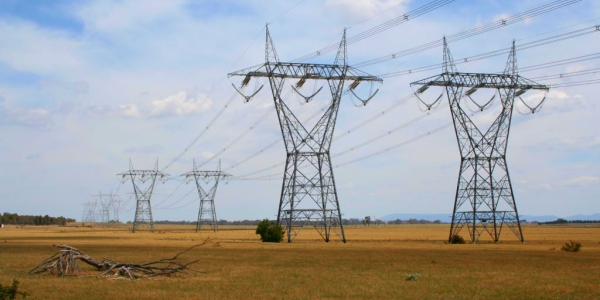Power privatisation: Kenya case study
 Across Africa we see a common trend. The continent is powering up. In our new series on power privatisation in Africa, Africa Oil & Power examines five case studies.
Across Africa we see a common trend. The continent is powering up. In our new series on power privatisation in Africa, Africa Oil & Power examines five case studies.
Through structured privatisation and liberalisation processes and policies, access to power and supply reliability is proven to increase supply. The process is not simple and growing pains are present all around: endemic corruption, technical limitations, power theft, vandalism, lack of political will, difficulties attracting investors… But this has not stopped countries from pursuing privatisation agendas. In our series on privatisation in Africa, we look at the recent experiences of five nations in their missions to increase electricity supply. This week we look at Kenya.
Since the mid-1990s, partly through the pressure of financial donors, Kenya has pushed for liberalisation, rather than privatisation, of its energy sector. With less than a fifth of the population connected to the national power grid, Kenya had a lot of ground to cover. Generation, transmission and distribution capacity was plagued by inefficiencies and it was believed – by the World Bank and other financial donors – that the state was unable to cope with the challenge of effectively implementing an efficient and far reaching power sector revamp that would serve the people of Kenya. The solution: the creation of independent power producers (IPPs).
Regulation
Kenya progressively liberalised access to its energy market for private capital, first through the introduction of IPPs and then, in 2006, through the privatisation of 30% of the national power generation company KenGen, via a listing on the Nairobi stock exchange. The government’s stake has since been further reduced to 51%. In 2006, Kenya signed a management contract with Manitoba Hydro of Canada for the management of the national power distribution company KPLC. A year earlier, the government had begun privatising KPLC, a move that prompted popular protest following the dismissal of several employees. Today, the government is seeking foreign investment for its power market through public private partnerships (PPPs), following the promulgation of the PPP Act of 2013.
Implementation
Liberalising the Kenyan energy market was a rocky process. The implementation process was undermined by charges of profiteering, inflated prices and improper conduct emerging between some IPPs and KPLC. Today, 10 IPPs contribute 606 MW to the national grid. A privately owned coal-fired power plant is under development now in Manda Bay and will add almost 1 GW to Kenya’s current 2,200 MW capacity when it is commissioned. The project, led by Amu Power Company, will represent a major stepping-stone in the process of privatisation and extending power access to millions of people.
Financing
Power projects in Kenya have benefitted from strong donor contributions. The management contract awarded to Manitoba Hydro was a condition to unblock US$152m from the World Bank, which also set goals to increase connectivity by 400,000 people and reduce system losses by 14.5%. The Amu Power Company project counted on a large financing deal from the Chinese Development Bank and a smaller contribution from local Kenyan banks.
Investor interest remains high for new possible investments in Kenya’s energy sector. Recent investment policies have been put in place to further push for private investor involvement, including guaranteed capital repatriation, guarantees against unlawful expropriation and adherence to both UNCITRAL Rules and ICSID Conventions governing dispute resolution. Standard & Poor’s and Fitch provided Kenya with a B+ long-term sovereign credit rating, further adding to investor trust.
Conclusion
Liberalising and privatising the Kenyan power sector is still mid-way, but the positive impact on the country’s energy sector development is already palpable. While problems are unavoidable in projects of this nature, the government has made efforts to curb the corruption issues that have plagued Kenya’s institutions. Further transparency in dealings between private operators and national agencies will be fundamental as the country moves forward. In 1990 only 10% of Kenyans had access to power, compared to 23% today.
[box type=”info”]Our next case study is Ghana, currently suffering power shortages and considering privatisation measures. Learn more about the dynamics of the power sector in Africa at Africa Oil & Power on June 6-7 in Cape Town.[/box]

